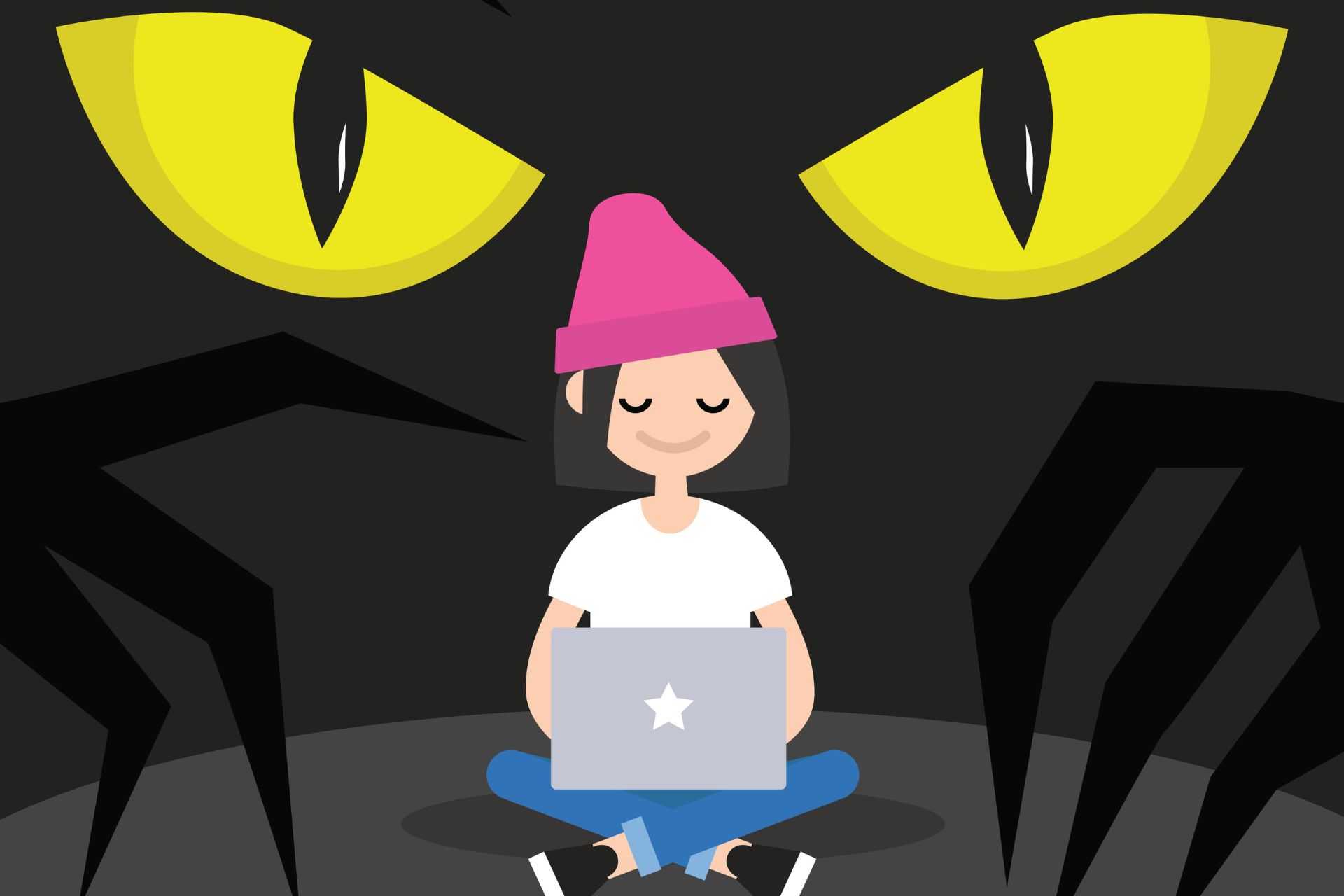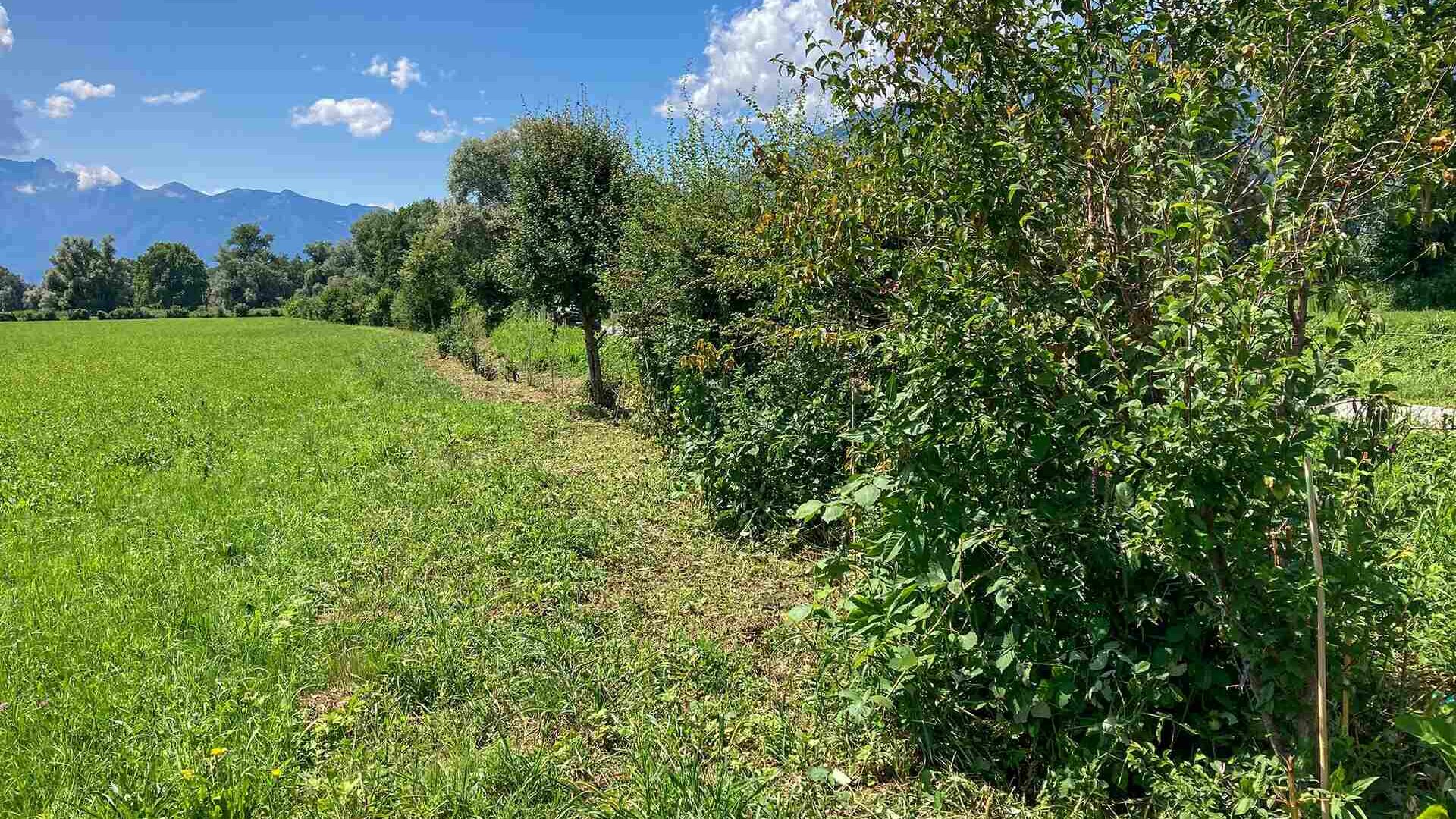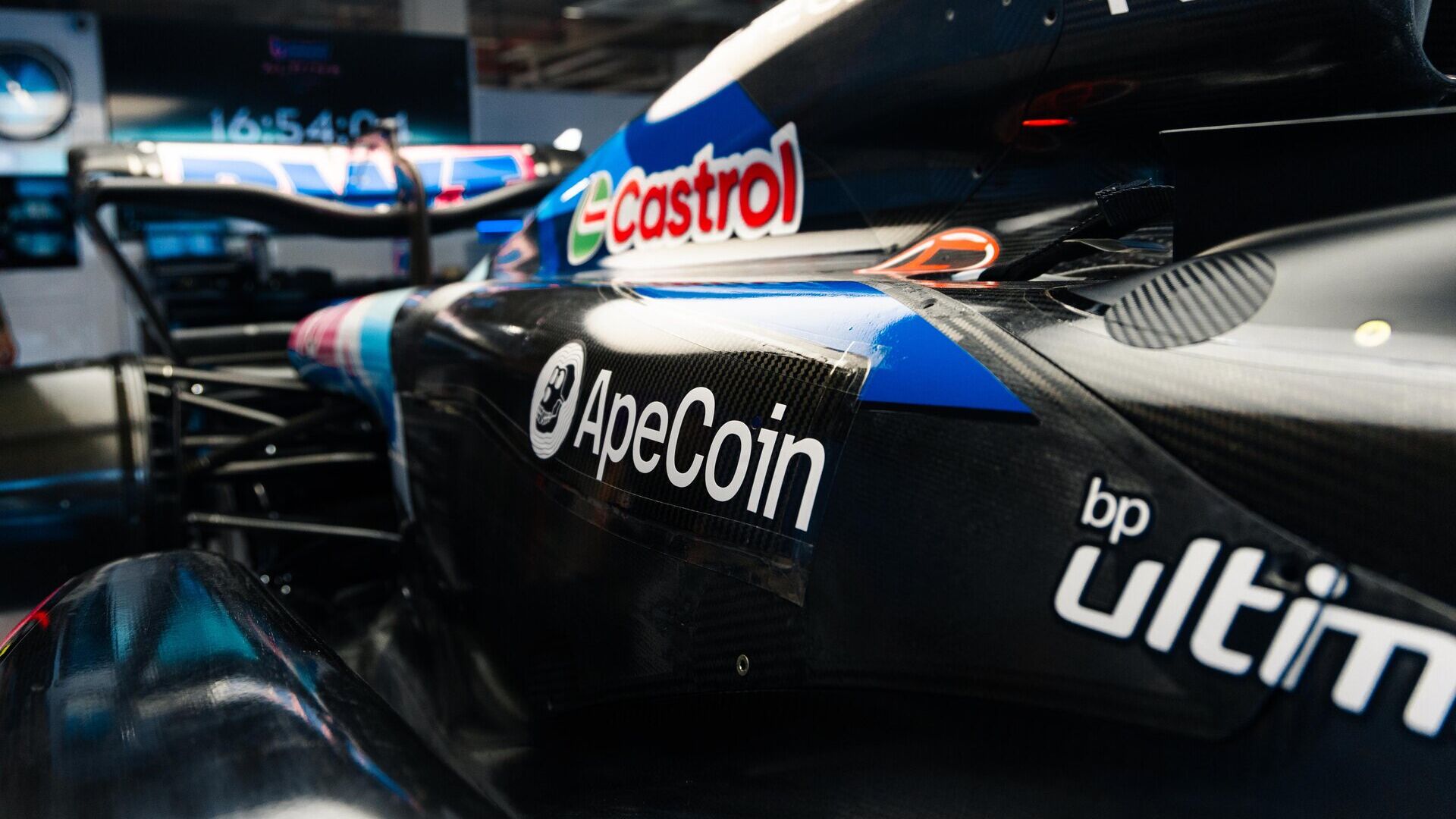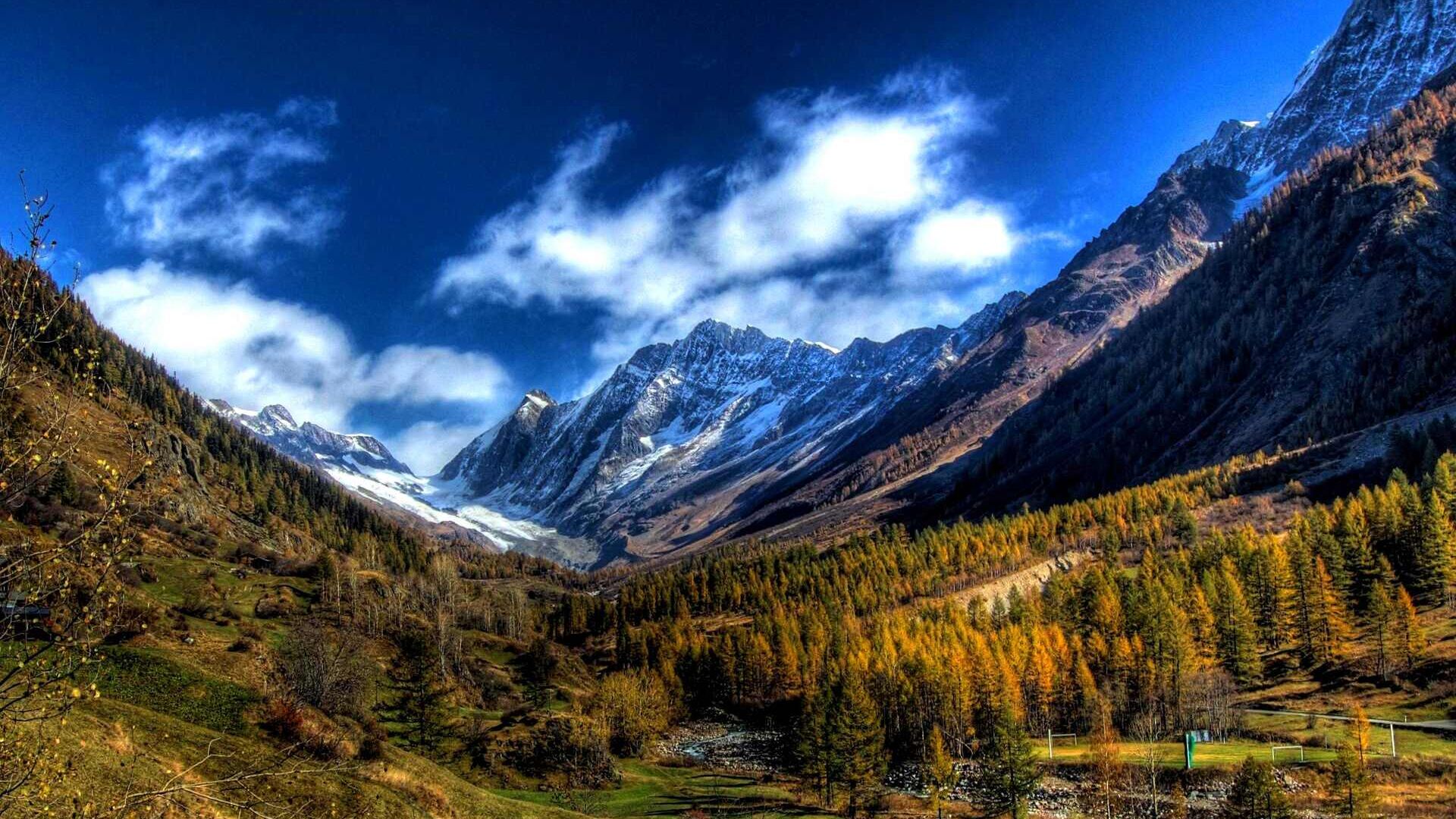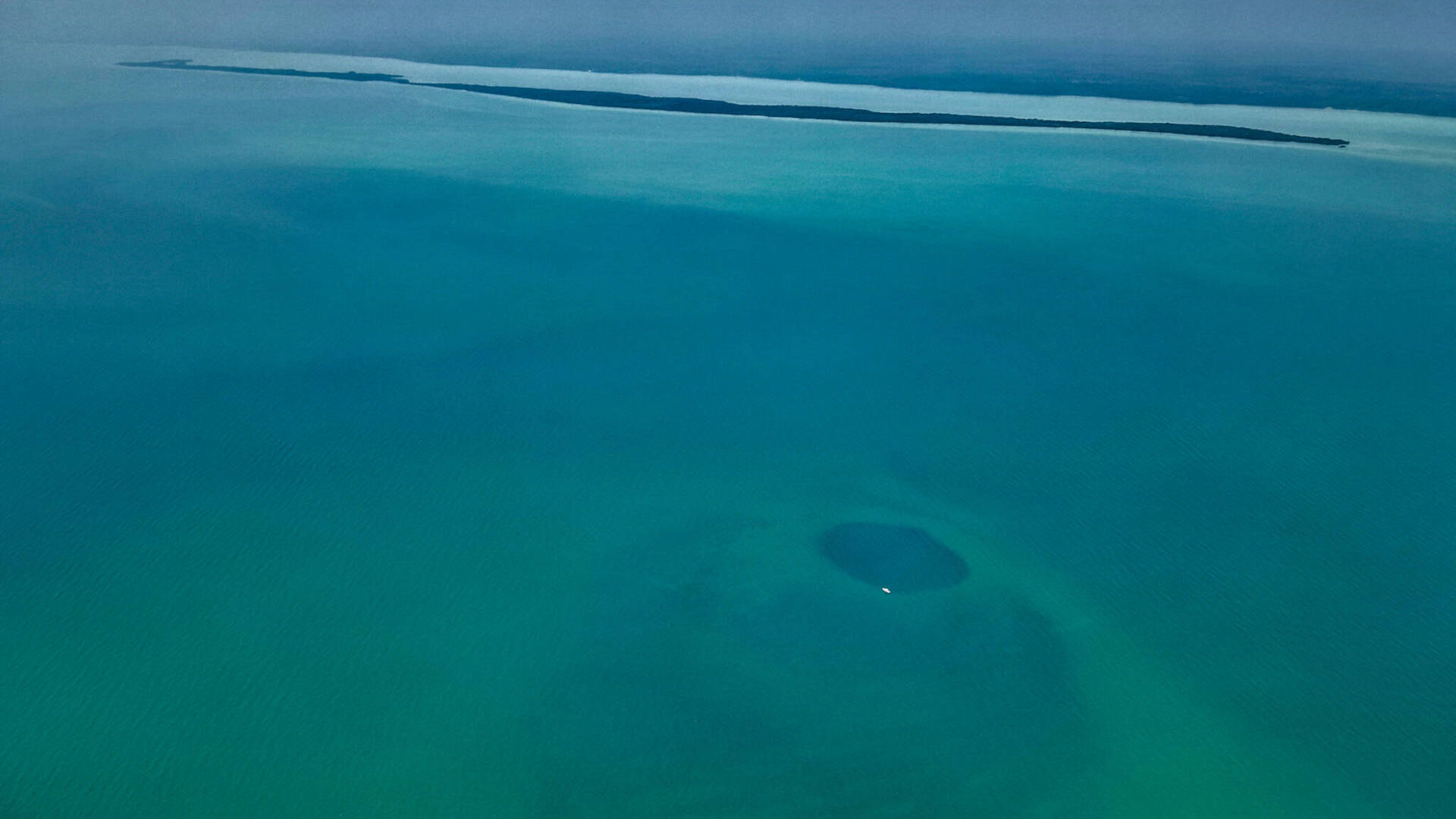The drama of child pornography in the time of sharenting
What happens to your children's photos posted on social media? The problem of the tragic confluence between pedophilia and pornography explained to all
Child pornography and sharenting: Web threats to minors
Some data in hand
In this article we will talk about the problem of child pornography in the era digital and social media, but before all this it is necessary to make some necessary premise.
I social media they are part of everyday life and in some way have inevitably revolutionized it. Adapting to change doesn't just mean master the tools from a technical point of view, but also from a social one. From the content sharing new ones arise risks and consequences that inevitably affect i human rightsespecially those who cannot defend themselves. Do you want it because they don't have the knowledge to do it, or because they are too small.
Whenever a parent choose consciously to post a picture of her son, or his daughter, is leaving afingerprint of a third person – as far as consanguineous. A person who will one day grow up, and be old enough to see that content posted before she could give her consent.
It's not just a issue of privacy, but also of a deeper potential risk e frightening. Something that perhaps naively we never think about, but which must be taken into consideration for the good of the whole family.
How appropriate is it to expose our children on social networks?
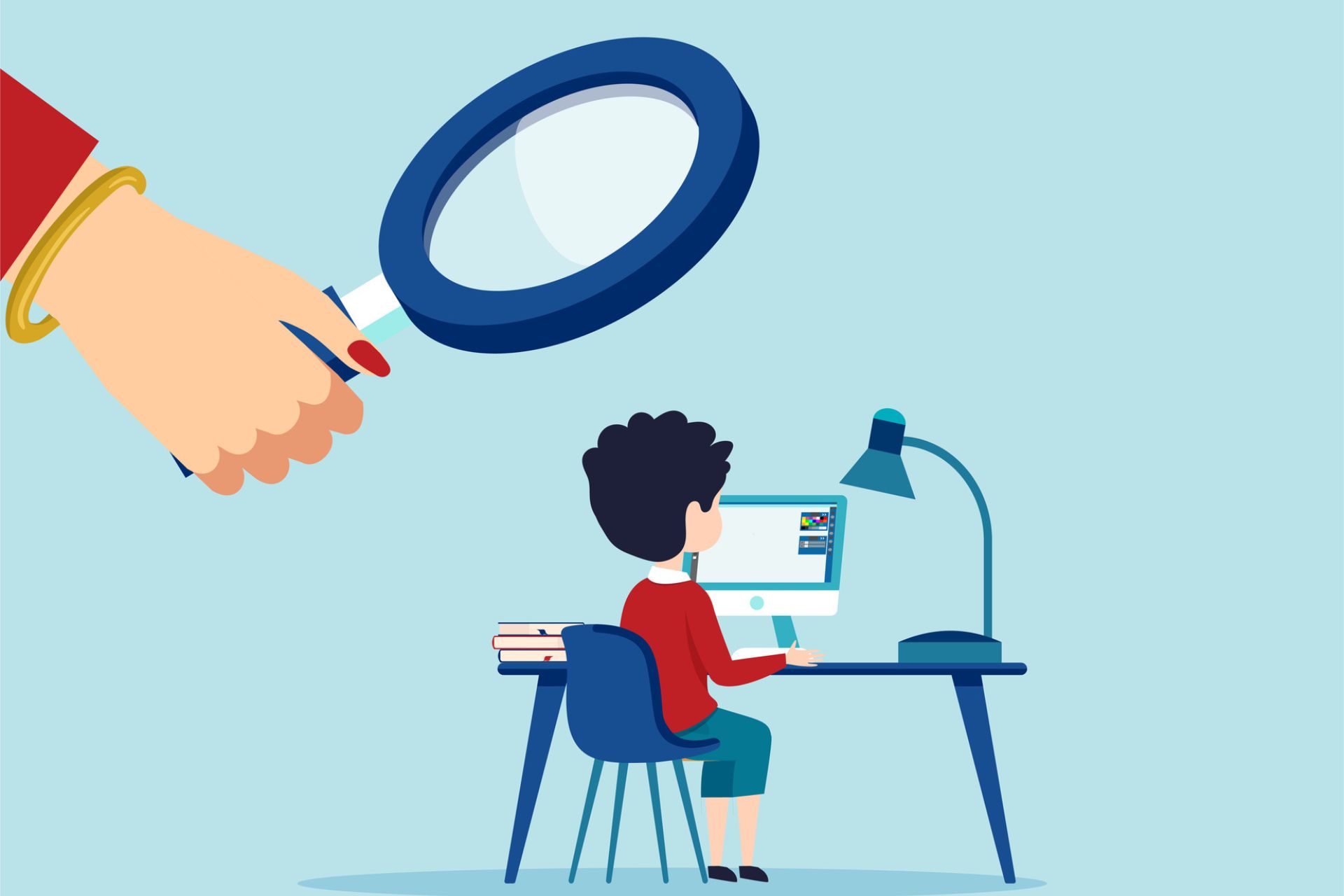
An Australian research
If you think parental control and tracking histories is enough, you are wrong. A research conducted by the "Children's eSafety Commission" of the Australian Government estimates that the more than half of the photos on sites dedicated to pedophilia have been scraped together by social profiles from the parents themselves, or even from parenting blogs.
For a photo to end up on one of these sites, the child doesn't necessarily have to be doing the bath in the buff, or his diaper.
It is enough that one photos tickle the imagination of some person affected by this very serious problem, and is re-shared by others like them. In short, a rather frightening and shivering prospect.
The law provides that the publication of photos of minors under 18 years of age is legitimate:
- If there is parental consent, both
- If I'm "decorous”, that is, they respect the reputation and image of the child.
I minors over 14 years old must express their consent to the publication of a photo on the parents' profile. Did you know that? Do your children know this? And your relatives?
A teenager's video alarm against Internet abuse
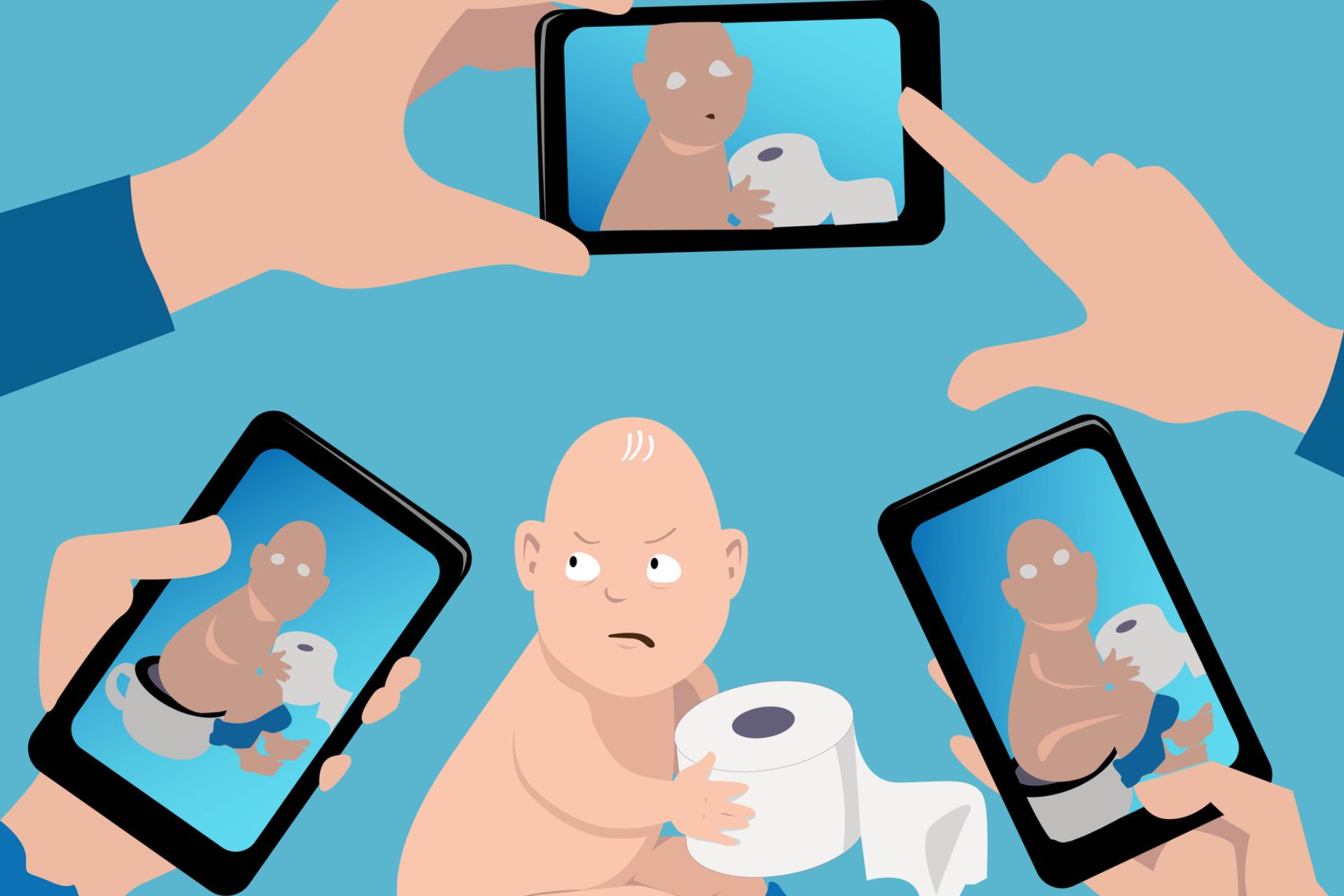
Child pornography and sharenting
The question is one and only one: should we or shouldn't we publish photos of our children on social media? Some people believe that refraining from posting photos of children is too great a sacrifice for a creature of which they are so proud. As always, the right measure lies in balance.
Posting photos of your children, or videos, is acceptable, as long as this activity:
- Don't be obsessive and continuous;
- The parent's profile is configured to meet certain privacy criteria;
- Be aware of the risks involved in making the choice to share such a photo.
I personal data of children they should always remain protected and the right to erasure of all information concerning them should always be guaranteed. In Europe the GDPR he sanctioned some rules on the matter.
In this case, it is established that "the consent of the children must be respected according to the development and evolution of their abilities”. Not a very clear definition, but an important one wake-up call for all parents who, in excess of pride, risk compromising the safety of their children.
Lo sharenting is that continuous and reiterated phenomenon whereby parents, but also grandparents (even less informed about the dynamics of digital privacy) publish photos, videos and information on their children. Of course, this online exposure takes place without the consent of the minor, who is too young to understand its implications.
That strange perception of digital in the absence of know-how

The protection of teenagers
Once people acquire awareness in matters of risk, there usually comes a time when it is necessary pass on your knowledge to children. Guys who, it is true, are usually much more experienced than us in dealing with the pitfalls of the web, but who sometimes sin by innocence and not of ignorance.
L'education in technology was born in the family and should grow in school.
It is the first step towards a more conscious and less morbid use of the media, but also the first form of protection for the youngest against a digital world which, turning the corner, can become as hostile as the real one. If not worse.
Il manic control or inserting parenting control systems, often easily stemmed by a digital native, are not the definitive solution and indeed. The perpetration of an obsessive control of the children history it does not lead to anything good and undermines the trust that should exist between parent and child.
THEtechnology education is directly related to recognition and emotion management and, quoting "Save the Children”, the development of “autonomy, responsibility and ethical sense".
The boy must have grown up to be able to exercise his critical thinking not only in the real world, but also online, where detachment often takes over.
“Save The Children” has made the platform available STOP-IT, a hotline service that is part of the Safe Internet Centre where users can anonymously report the presence of child pornography online. All ways of using this service are part of the basic toolkit of every responsible Internet user.
In Rome, NFTs help minors in difficult conditions
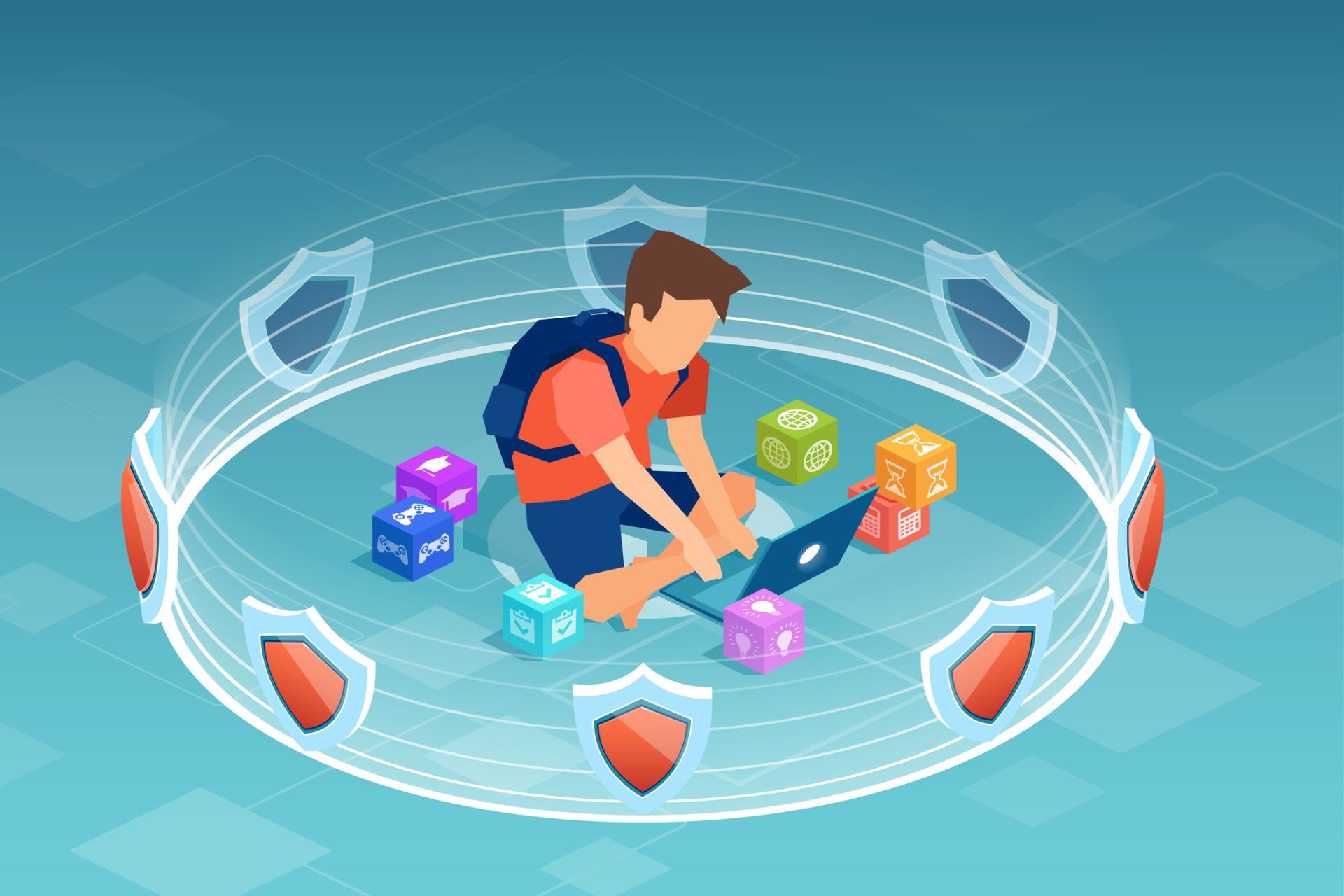
You may also be interested in:
An innovative refuge for wildlife at the Locarno military airfield
The DDPS specialists acted on the perimeter hedges of the Sopracenerino airport, creating a place of retreat and source of food for the animals
by Editorial staff Innovando.NewsEditorial staff of Innovando.News
A DAO in Formula 1 from the agreement between ApeCoin and BWT Alpine
The Decentralized Spinning Skull Organization and French Team Will Activate a Global Fanbase Through Real-World and Web3 Experiences
Video, the unique ecosystem of the Lötschental alpine forest
The ideal place to study the growth of trees at different altitudes in the Canton of Valais is described in a very innovative WSL film
by Editorial staff Innovando.NewsEditorial staff of Innovando.News
Taam Ja' is the deepest “blue hole” in the world: the discovery
Marine cavity probed off Yucatan Peninsula, found four times deeper than previous record-breaking sinkhole in Belize

